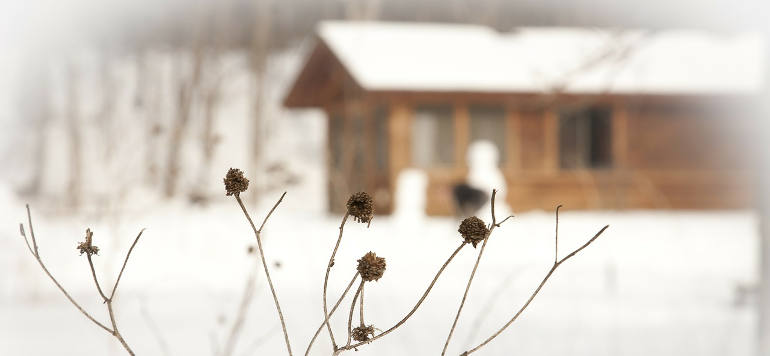
Winter is just around the corner, and there are a lot of tasks at hand. From storing away your lighter clothes to finally writing down a Christmas shopping list, there may not be enough time to do it all as quickly as you wish. But aren’t you forgetting something? Look through your back window. Yup, your garden.
Preparing your garden for the winter can be challenging, as there are specific things to cover. Furthermore, the weather becomes unwelcoming and unpredictable, and the day is shorter, but that doesn’t have to stop you from giving your green space some love.
For your convenience, we’ve prepared a complete guide with all the necessary information about how to prepare your garden for the colder months. We got everything covered, so let’s not waste any more time and get it done.
Table of Contents
Clean up your garden
Giving your garden a thorough clean comes first in getting it ready for winter. Eliminate any dead or withering plants since they can host pests and diseases that might spread into the following growing season.
Gather fallen leaves and debris, especially near plants, since rotting organic matter can attract bugs.
Prune perennials and shrubs
Most deciduous plants require winter pruning since many of them go dormant in the cold. Prune bushes and perennials on a mild and dry day. Get rid of any dead or sick branches first.
Then, continue with the ones that are too big or small so light and air can freely protrude from the tree’s crowns.
Best time to prune?
Prune your perennials after the first frost when their leaves have begun to wilt, as this signals they are entering dormancy.
Prune fruit trees that go dormant
If you have any fruit trees, now is the time to prune them. Get rid of any dead, sick or damaged wood. If you spot any crossing or rubbing branches, make sure to cut off the weaker ones.
Before you start playing Edward Scissorhands, put on some gloves and buy yourself some sharp tools. Take note to cut the branches at a downward angle so the rain can freely run off them. This way, you prevent rotting.
Mulch to protect roots
Protecting your plants over winter depends on mulching. For a plant’s rooting system, a thick layer of mulch—between two and four inches—serves as a blanket, allowing them to retain moisture and remain covered from strong frosts.
Spread mulch around the bases of trees, shrubs, and perennials. Avoid piling it against the stems to stop decay.
Which mulch is best?
Mulch types range from straw to bark chips to even shredded leaves. Especially helpful is organic mulch since it gradually breaks down and nourishes the soil.
Test the soil
Though not necessary, testing your garden soil will be rather helpful for producing healthy vegetable plants! Autumn is the ideal time to check your garden soil to find whether it lacks essential nutrients which are required for the development of plants.
Soil testing kits are used to evaluate the pH as well as nitrogen, phosphate, and potash contents of soil. Each one is needed at the proper level to produce healthy vegetation quickly. If you determine high or low levels, providing the necessary amendment early in the autumn will allow the soil more time to adjust than if you amend in spring.
Plant winter-hardy vegetables
Some vegetables flourish in winter, even if many plants might not withstand the cold. If you want to keep gardening during the cooler months, think about planting winter-hardy vegetables such as kale, Brussels sprouts, and carrots. These resilient vegetables withstand freezing conditions and even enhance quality following a frost.
Protect delicate plants
Preparing your garden for the winter includes the protection of delicate plants. To ensure that they survive the cold months, protect them with coaches and wrap the pots of any half-hardy species with some bubble wrap.
Gather all your more capricious plants and store them in a greenhouse.
How to wrap plants
Wrap the plant loosely in garden fleece or burlap to allow some airflow while still keeping the frost at bay. Secure the wrap with twine, but don’t pull too tight.
Burn waste to produce ash
Burning non-compostable garden trash produces ash, which helps you get rid of unhealthy and woody debris and weeds.
Wood ash, not coal ash, can improve the garden. It contains potassium, a crucial agricultural nutrient. Ash is alkaline, so use it carefully on the soil.
Use small amounts in your compost, especially if you compost plenty of acidic material like citrus peel, or replace lime with it when growing brassicas to reduce clubroot. Apples, raspberries, and tomatoes benefit from it too.
Prepare the lawn
Your lawn also needs some attention before winter. Start by mowing the lawn one last time, giving it time to prepare for the upcoming colder weather. Improve drainage by aerating the soil, and use a potassium-rich winter lawn feed to nourish the grass and fight disease and frost.
Don’t forget the edges!
Cut the lawn edges to present your garden in a nice and orderly way. This makes springtime lawn care considerably simpler as the grass begins to grow once again.
Cover garden beds
Covering your vegetable beds over winter will help to stop nutrient loss and soil erosion. A cover crop like winter rye or clover will enrich the soil as it breaks down. Alternatively, cover your empty beds with a sheet or fabric cover to guard them from frost and heavy rain.
Benefits of cover crops
Cover crops minimise weed growth and, when dug into the ground in the spring, can naturally fertilise the soil, therefore enhancing its condition.
Collect and store seeds
Gathering seeds from your summer crops for the garden the following year is best done in autumn. Many herbs, vegetables, and blooming plants produce seeds that can be stored and then used again in spring. Gather seeds on a dry day in labelled envelopes or containers. Keep them cool and dry.
Not only is saving seeds affordable, but it also guarantees that you produce locally appropriate plants.
Store away your veggie crops
You can store harvested crops like carrots, cabbage, potatoes, apples, pears, pumpkins, beans, onions, and garlic away for a longer period of time. Root vegetables have a longer lifespan.
Before you put them away, individually examine every single fruit and veggie. It is necessary to separate the good from the bad ones. For example, if you find an apple that is on the way to rot, you risk contaminating the rest of the harvest.
Net ponds
Decomposing leaves contaminate the water in your pond and block pump filters. Catch falling leaves before they reach your pond to save later time and work.
Over the pond lay a fine-meshed net and brick-based pin it down. Remove any leaves which fall on it and toss them into your leaf mould bin or compost heap.
Drain irrigation systems and store garden tools
Before the first freeze, empty your irrigation systems and hoses to prevent damage from low temperatures. Freezing and expansion of water left in pipes or hoses can cause cracks or breaks. Once drained, coil hoses and store them in a dry place.
Give your gardening tools a good clean to remove soil and debris before storing them. A light coating of oil will prevent rust from forming over the winter months.
Inspect and repair damage-prone structures
This tip is essential when gardening in the winter. Inspect all structures in your green space. Make sure that your fence is stable, and if not – fix it right away! Don’t forget to check the shed, as well.
High winds and snow have the tendency to cause serious and, at times, irreversible damage. If you haven’t already, it’s high time for you to waterproof your shed.
Take care of your greenhouse
If you have the pleasure of owning a greenhouse, now is the perfect time to tidy it up, especially if you plan any winter gardening. It is extremely important to wipe down the glass windows.
You have to make sure that all sunlight has a chance to reach your beloved plants. Remember to clean your pots and trays, as well.
Bring in garden decorations and furniture
Remember also the outdoor decorations and accessories! Ceramic pots can break, and outdoor furniture might decay at freezing temperatures.
Bring in any delicate objects—such as pots, sculptures, and outdoor lighting—to store until spring safe. Larger objects like wooden seats that cannot be moved should be covered with weatherproof tarps.
Lend wildlife a helping hand
This winter gardening job is the perfect family activity! You can involve your kids in the perseverance of nature and prepare a festive meal of nuts, seeds, and freshwater for birds.
Or why not gather up some fallen leaves into piles so Mr. & Mrs. Hedgehog can have some house-building materials?
Plan your year ahead
As you can see, preparing the garden for the winter can be quite a tedious task, so why not leave it to the professionals? We here at Fantastic Gardeners offer gardening maintenance services that can save you a lot of time and back pain!
It doesn’t matter if your project is big or small! From the creation of whole garden planting schemes featuring variable plants and colours depending on the season to just planting a few trees – we can do it all!
In conclusion
Though it seems like a difficult chore, getting your garden ready for winter guarantees that it will survive the cold months and come out stronger in April. Clearing trash, mulching, and protecting fragile plants can help your garden have the best chance of surviving during winter’s melt. So get ready to winterise your garden by grabbing some gardening gloves. Your plants will thank you when the warmer weather arrives!
Need a Gardener?
Enter your postcode to view our rates and availability in your area.
For questions about the services we offer visit our main site

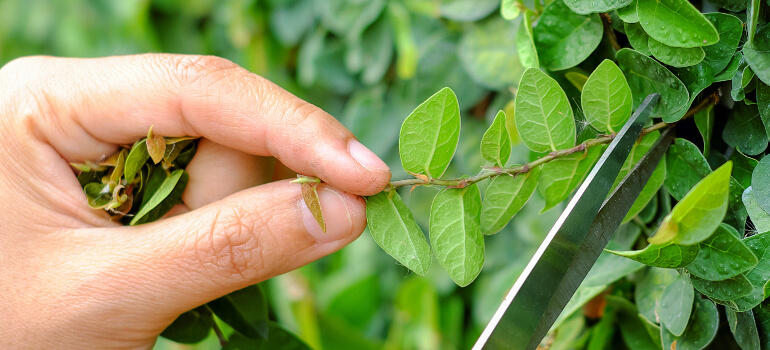
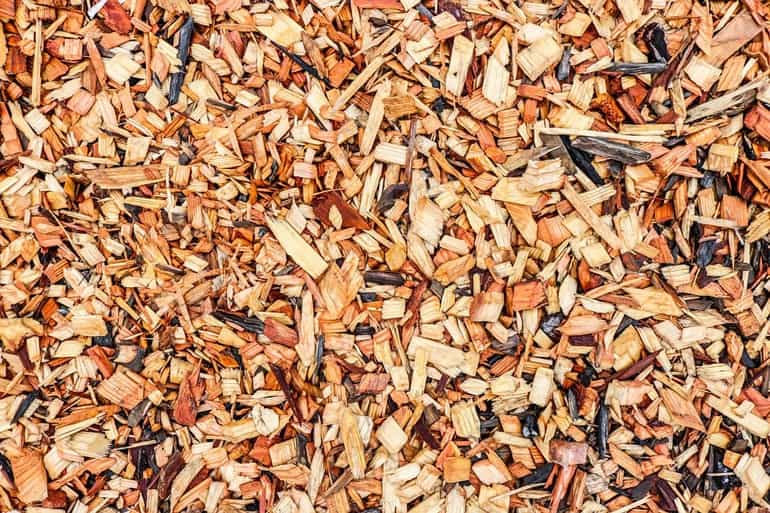
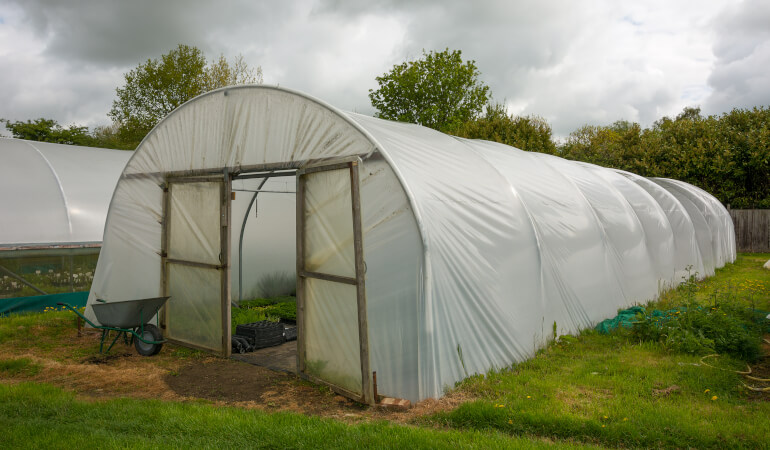
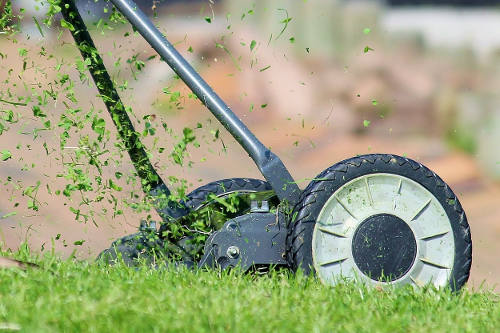
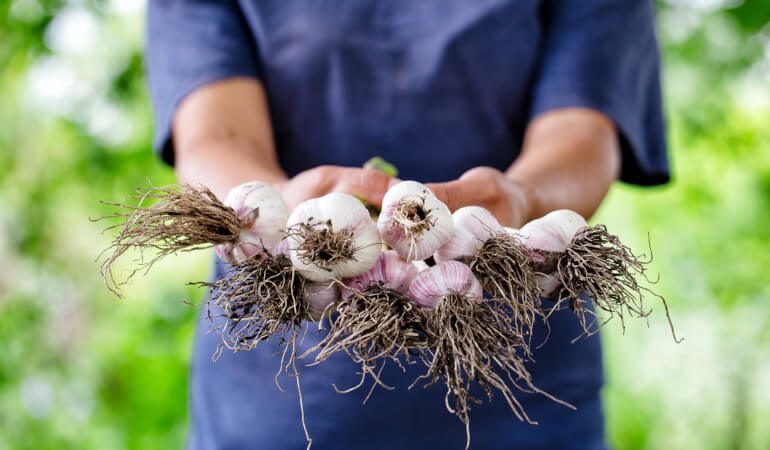

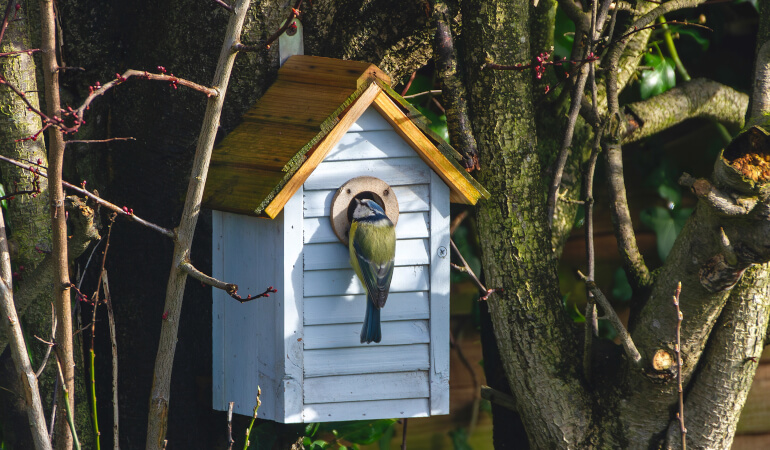



It’s hard to find knowledgeable people on this topic,
however you sound like do you know what you’re referring to!
Thanks
Very informative article – these tips are so so useful, especially at this time of the year. Time to prepare for winter!